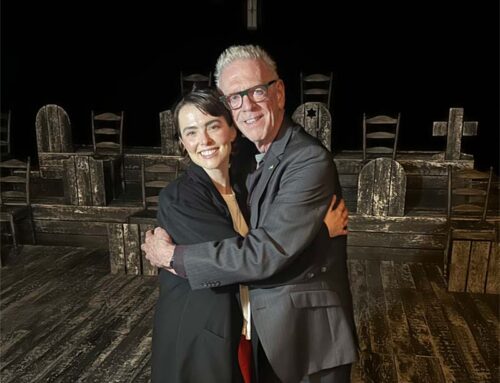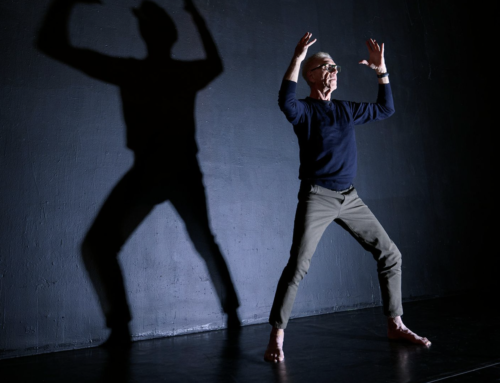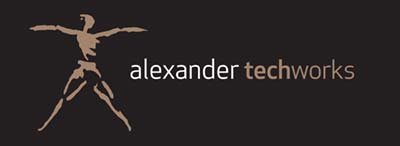For the past 11 years, I have been teaching the Alexander Technique for the MFA Acting Program at the UCLA School of Theater, Film and Television. Mel Shapiro is the head of the acting program and is responsible for having the Alexander Technique as a fundamental part of the training.
The essence of the program is achieved organically through the use of the self, imagination, and understanding of the text in a way most connected to each individual’s responses. The training is eclectic and aims at a multiplicity of experience so that each actor can discover his/her self in the work while building a solid technique of acting that works best for each individual. The distinguished faculty are artists actively working in the profession. The roster includes Mel Shapiro, Ellen Geer, David Craig, David Schweizer, Meg Wilbur, Jacques Heim, Salome Jens, Tim Miller, Tom Orth, Roberta Farkas and Leon Katz among many others.
The Alexander Technique is part of the core training of the program and it helps the students deal with the rigorous and intensive schedule of classes, rehearsals and performances. The first year MFA acting class usually consists of twelve to fifteen actors chosen from hundreds of applicants from all over the world. During the first quarter, they are introduced to the basic principles of the Alexander Technique. I teach through a great deal of hands-on work, maintaining a high level of individual attention while teaching the rest of the group the art of observation.
During the second quarter, the acting students learn to apply the principles of the Technique to fundamental stage movement such as walking on stage, standing still, sitting, and responding to other actors. Through games, improvisation, and procedures, the students discover the practical application of the Alexander Technique to their work. Later in the quarter, they begin to work on the Technique in relation to voice production.
The third quarter is devoted to continuing to cultivate the basic principles of the technique as it applies to character development. Through intensive study of the self, animal studies, and detailed observation of people on the street, the students learn to create characters who are human, alive, and fascinating to watch. The second year is mostly devoted to continuing to develop the skills of the students in the application of the Alexander Technique and making use of it in rehearsals and performances.
Brian Morri, a graduate from the UCLA MFA acting program reflected about his training:
What I have learned about the technique is that it is a process and constant re-evaluation of the head and neck relationship, through which results a freeing of the spine and rest of the body and its energies. As an actor this becomes priceless. It allows me to communicate ideas vividly and simply, even without the use of voice. It opens an actor up and enables them to react and act. It provides calmness and at the same time an enormous awareness of not only yourself, but also your surroundings and those in it. This is where true stage presence comes.







